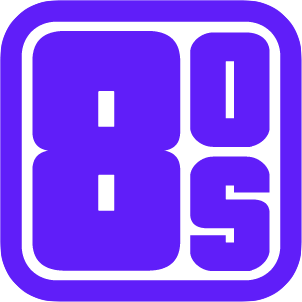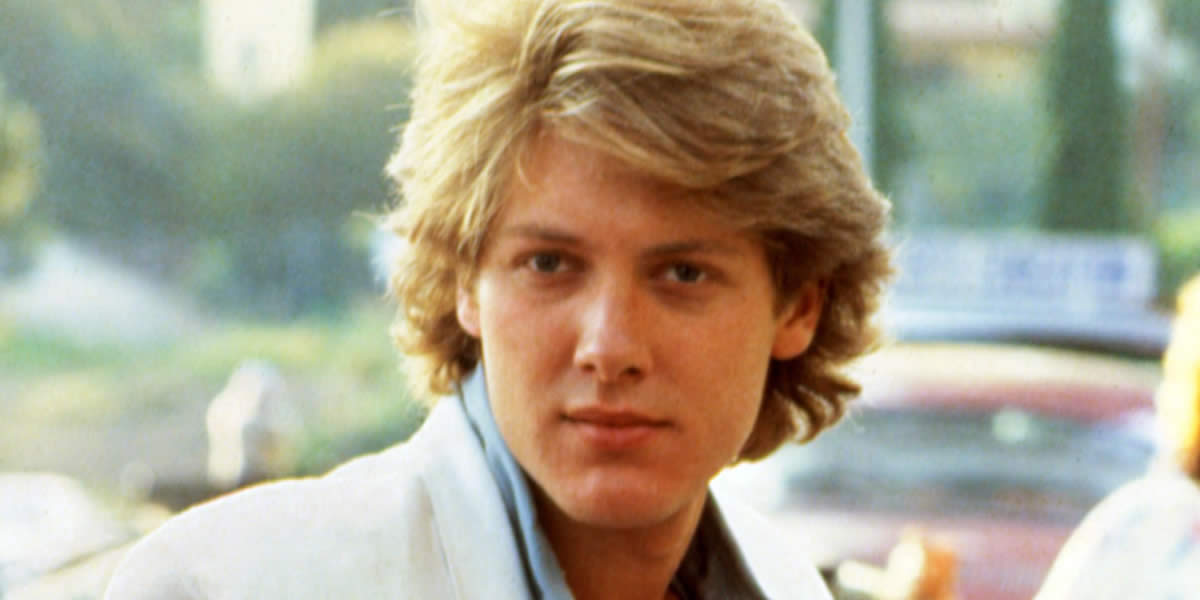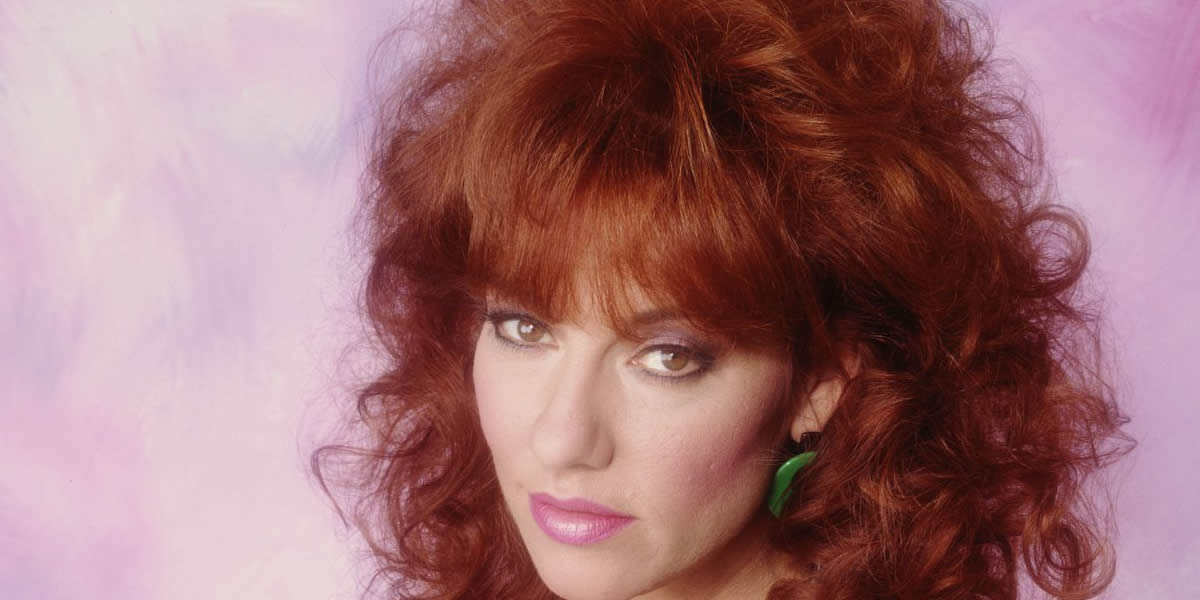The 80s punk rock movement was all about bold choices and radical self-expression, and no other hairstyle embraced this style like spiked hair.
The 80s were full of social and economic changes, that gave rise to the punk rock movement. It was a period of time that was full of bold choices, radical self-expression, and an unapologetic embrace of individuality. No other hairstyle throughout the decade better encapsulated this than spiked hair. The hairstyle which was characterized by its gravity-defying points and edgy aesthetic became a symbol of the counterculture. And, it was popular across punk rock, new wave, and even into many mainstream circles.
The Rise of Spiked Hair in the 80s Punk Rock Movement The rise of spiked hair in the 80s was particularly intertwined with these shifts of the decade. It was during the 80s that the music industry saw massive growth with new genres being envisioned on a nearly daily basis. It was against this backdrop that the punk rock movement and new wave music thrived. Both forms of music in the subculture that followed celebrated anti-establishment ideas and nonconformity. This included popular bands like The Clash and The Sex Pistols.
When coupled with the growing consumerism of the 80s, and the influence of Music Television , spiked hair quickly became popular. However, the ability to style hair into such sharp points would not have been possible if it hadn’t been for the development of all new styling products throughout the decade. There had always been hairspray, but it could only be applied after the hair was shaped. Instead, the popularity of styling gels allowed people to achieve dramatic spikes and maintain them for hours on end. After all, the 80s was all about pushing boundaries, and hairstyles like spiked hair were a visual way to align with a particular cultural movement or a subculture.
How the 80s Punk Rock Movement Changed Fashion Forever In order to understand just how the 80s punk rock movement changed fashion, we need to look at the movement itself, the influence of new wave music, as well as the many hair products that were being released throughout the decade.
The 80s Punk Rock Connection Naturally, spiked hair found its roots in the punk rock movement. The movement itself began in the 1970s in the UK and eventually made its way across the Big Pond. The culture revolved around rebellion, and spiked hair was simply an extension of this ideal. It created an untamed look that signaled to the world that they rejected traditional beauty standards and social norms.
You have popular bands during the early 80s like the Ramones and The Dead Kennedys who would often pair their spiked hair with leather jackets, safety pins, and ripped jeans or even a mini skirt . People of the arrow would often dye their hair and a wide assortment of bold and unnatural colors. In fact, it wasn’t uncommon to see spiked hair in blues, neon green, and fiery reds. After all, it wasn’t just about looking different it was about making a bold and exciting statement.
The Influence of New Wave Music Originally, spiked hair was associated exclusively with punk rock. But, during the 80s it began to transition into the more polished realm of new wave music. You began to see major artists like Billy Idol and bands such as The Human League adopted spiked hair as part of their patent look. In doing so, they managed to soften the more rebellious roots and make spiked hair more accessible to mainstream audiences.
More importantly, unlike the chaotic spikes of the punk culture, the spikes seen in the new wave subculture were sculpted with a little bit more precision. This allowed them to combine the edginess of the hard spikes with a bit of style. Billy Idol was one of the major influencers in new wave music at the time and was often seen sporting blonde spikes. These eventually became an enduring part of his image and signified that the style could be both daring as well as glamorous.
Hair Products and 80s Punk Rock Styles But, the ability to spike hair would not have been possible if it weren’t for the many advancements in hairstyling products. Throughout the 60s and 70s, the most potent air product was hairspray. But, in order to use hairspray, they had to style it first and use the hairspray purely to hold the shape. This limited the amount of sculpting that one could do with their hair.
However, with the introduction of mousses and ultra-strong styling gels, the ability to finally sculpt the hair was possible. In no time, wearers could adjust the height, texture, and direction of their spikes to create their own unique interpretation of the style. As a result, spiked hair became an evolving art form where each angle and curve were meticulously crafted to perfection.
The People Who Brought Us 80s Punk Rock Hair As already stated, one of the biggest and most iconic figures that helped to bring spiked hair into households across the nation was Billy Idol. His bleached blonde spikes were often paired with leather jackets and pants. This leather-clad persona epitomized the rebellious energy of the decade. But, Billy Idol was not alone in the spiked hair movement. You also had musicians like Johnny Rotten who embodied this raw and defiant style both on and off the stage. At the same time, you even had cult films like Repo Men and Mad Max who made spiked hair and enduring style.
The Legacy of Spiked Hair Spiked hair ended up having a huge impact on the 80s, as it reflected the growing emphasis on self-expression and personal identity. Although initially associated purely with the punk rock movement, and eventually blurred the lines between various subcultures and mainstream. In fact, spiked hair eventually influenced broader fashion trends. Spikes inspired just about everything from pop culture to the runway. And, over the years, spiked hair has seen many revivals including during the rise of emo, and the current popularity of cosplay.
Conclusion In the end, spiked hair defined the rebellious 80s. They symbolized creativity and individuality, allowing people to completely customize how they looked to the rest of the world. Although the style emerged from the punk rock movement of the 70s, it evolved to new wave, all rock, and emo into an enduring cultural icon. The bold aesthetic and accessibility ensured that spiked are would be a mainstay in the fashion industry for more than three decades.




